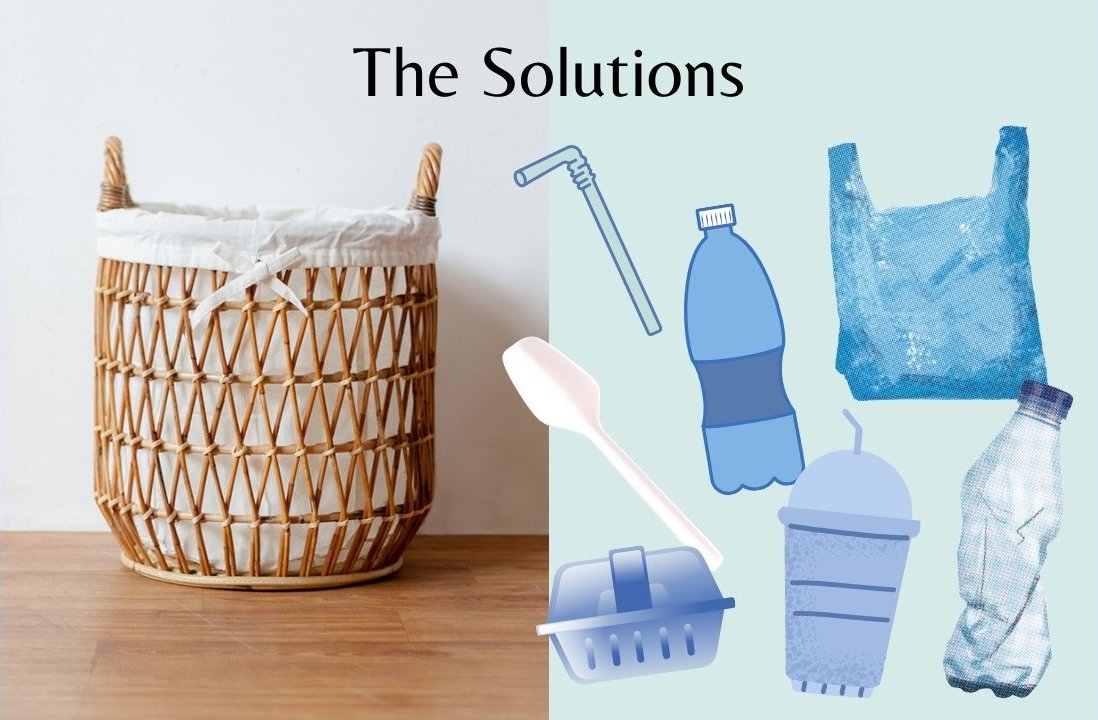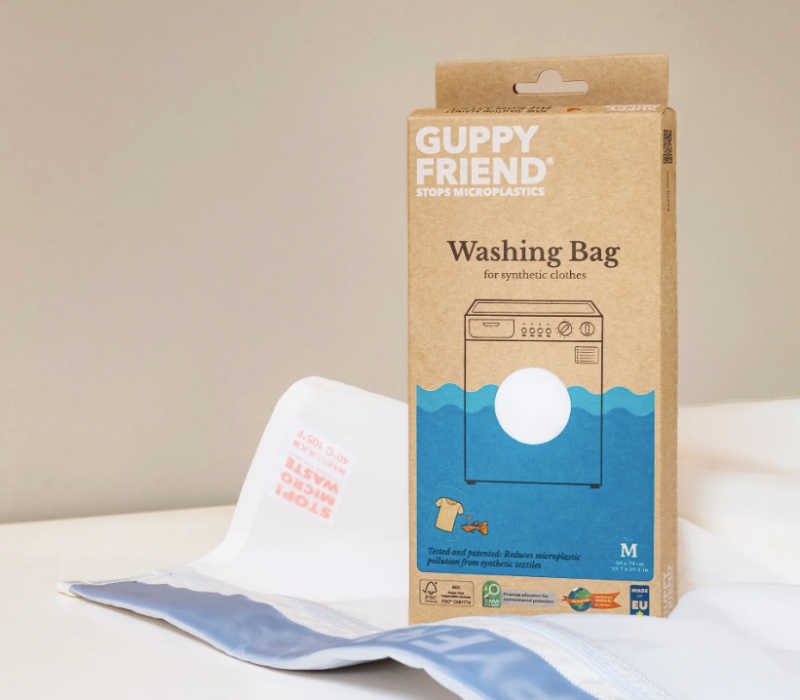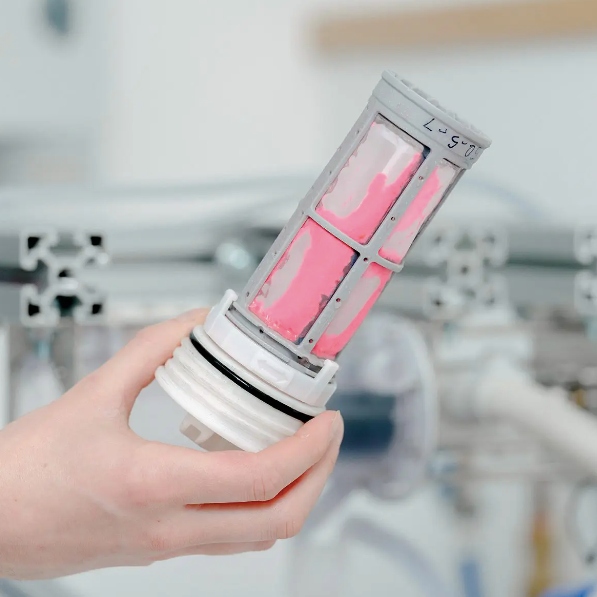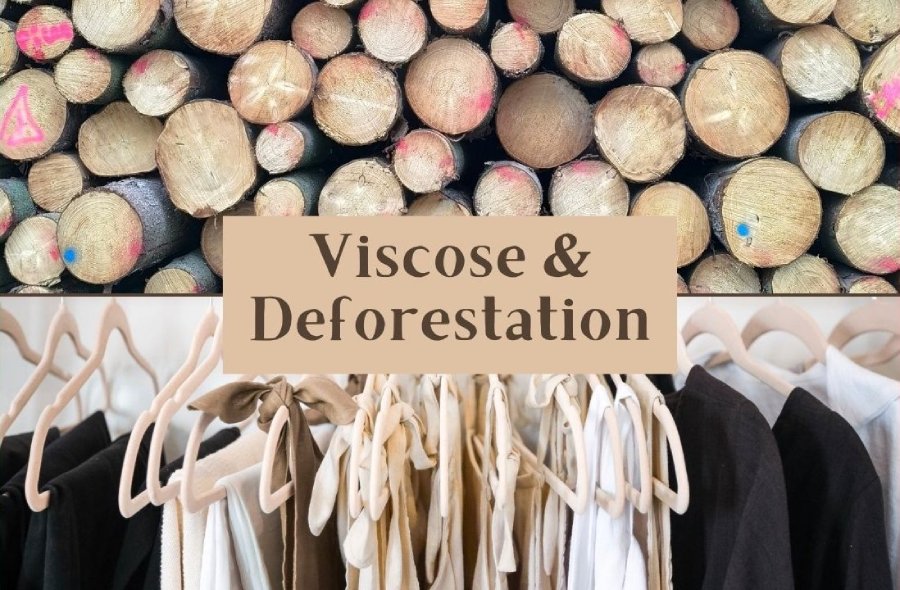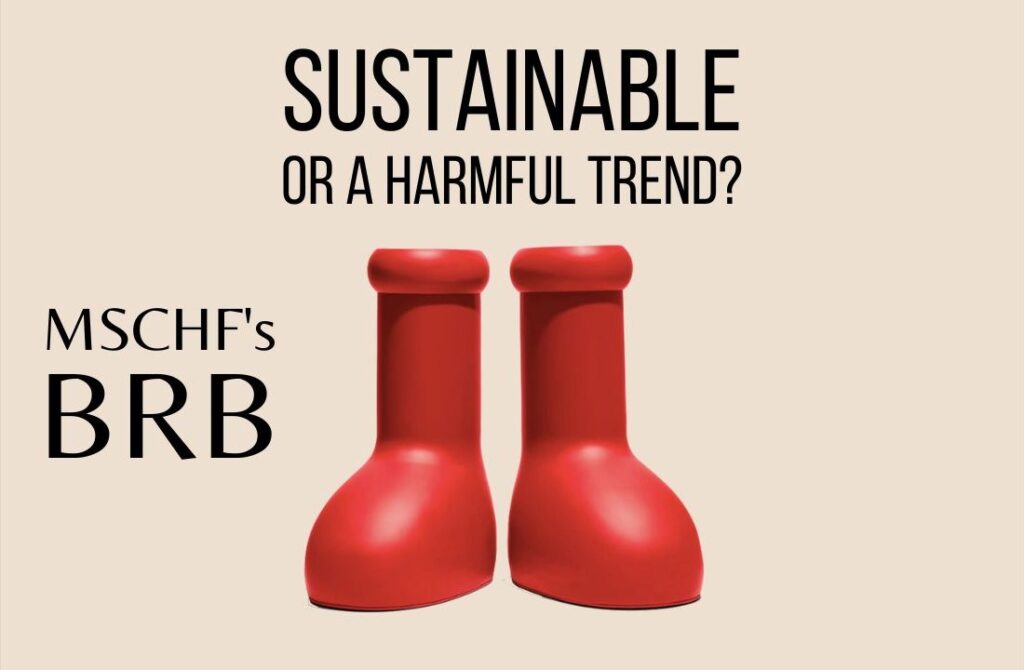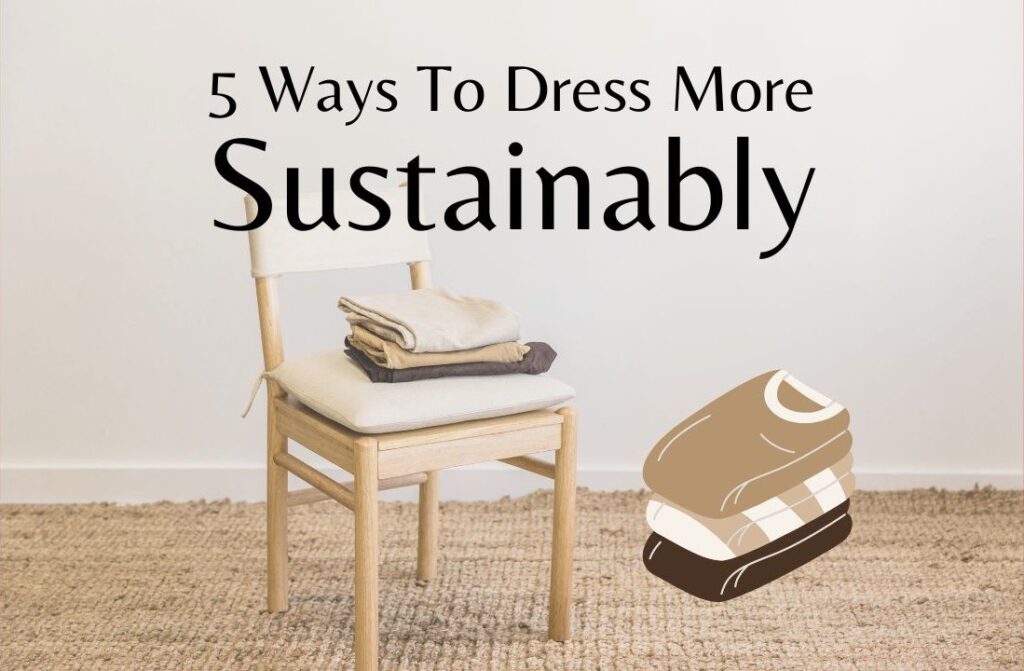The creation and excessive use of plastics in the past century have resulted in a new threat for the planet and all who inhabit it. Microplastics are infiltrating every part of our environment, affecting animals and our own health. Fashion contributes to this microplastic pollution because the most used clothing fiber is currently polyester, a plastic material. Luckily, there are things we can do to reduce the amount of microplastics we release and prevent them from ending up in our bodies. This 3-part series of posts will highlight the invisible threat that is entering our drinking water, how fashion is involved and what you can do to lower your own impact. In this third and last part, we’re going to look at how we can reduce microplastic pollution and things you can incorporate into your daily life to contribute.
Before diving into the solutions, you might want to read the first two parts. In the first part, I explained what microplastics are, how they end up in the ocean, how big the pollution already is, and what role the fashion industry plays in this. Click here to read it -> Your Laundry Is Polluting Your Drinking Water: An Introduction To Microplastics
In part two, I discussed to what extent microplastics have already infiltrated the environment, and the dangers and consequences of microplastic pollution for animals and human health. Click here to read it -> What Are Microplastics Doing To The Planet, People And Animals?
In the first two parts, I wanted to paint a picture of the current situation and the research that has already been done, but it turned out to be a pretty sad picture with a lot of disturbing facts. Although a lot more research needs to be done, I came to the conclusion, and I hope you too, that it’s best if we all try to prevent those tiny pieces of plastic from entering the environment. The good thing is, there are things we can do. If humans were able to invent plastic, we should also be capable of inventing solutions for the destruction it’s causing. So I hope I can paint a more optimistic picture in this post and inspire you to take action.
As with a lot of issues in the fashion industry and in the world in general, we can’t fix them alone as consumers. All parties involved need to do their part. We are all part of the world so we are all part of the problem and the solution. This means some of the solutions will have to come from governments and companies. Some things are outside our control. However, we as consumers are more powerful than you might realize. Let’s look at what you can change in your daily life, and some systems and tools that have already been innovated.
A little note to keep in mind
If you’re new here, I write about the fashion industry here, so I’m mostly focusing on the microplastics that result from textile products like clothes. Microplastics are released from many more products, so you can do some more research on other areas if you want to learn other ways you can help.
Your Behaviour As A Consumer
The ultimate source of this issue is our production and use of plastic, which is a material that doesn’t break down. This means there isn’t much we can do to reduce the microplastics that are already in the oceans. But what we can do, is cut down on the microplastics we release from now on. We can adjust our behaviour and reduce the amount of plastic products that is made, used and thrown away.
Here are some things you can start doing.
When you’re shopping: buy less plastic & low-quality Products
As consumers, we can’t directly change the amount of plastic being produced, but we can influence it by using less, forcing companies to reduce their production to meet consumer’s demand. If you’ve never really paid attention to the plastic products you use, there’s a big chance you’re using a lot more than you really need. Take a look around and consider with every plastic item you see, whether you can replace it with a biodegradable version, or even if you need it at all. Now, I don’t want you to throw every plastic product away if you realize you don’t need it. Just don’t buy it again and find a natural alternative next time. Some examples are to invest in a reusable water bottle instead of getting a new plastic bottle every time, and don’t use disposable straws and cutlery if possible. Or take a canvas bag in your purse when you go out, so you don’t need a plastic bag if you buy something.
As for the clothes you buy, you can avoid microfibers by choosing natural instead synthetic clothes. Try to make it a habit to first check the material label inside a garment as soon as you pick it up while shopping. The most common synthetic materials you’ll probably see are polyester, nylon aka polyamide, elastane and acrylic. There are also semi-synthetic materials like viscose aka rayon, acetate and modal. Semi-synthetic materials are basically half synthetic, so they are not as bad as the full synthetic fibers. However, preliminary evidence shows that these materials may also contribute to microfibre pollution. The best fabrics to choose if you want to avoid microplastics are completely natural materials like cotton, linen and wool. They are biodegradable and don’t pile up in the environment like polyester does.
If you don’t want to give up on synthetics completely, investing in higher quality clothes can also make a difference. Cheap fast fashion is not made to last a long time, so the fabrics are low quality and shed a lot of fibers in the wash. You’ve probably noticed this. After washing some clothes a few times, there are little balls of fiber on the surface (pills) and it just doesn’t look the same as when you bought it. Higher quality clothes are made to be more durable so they shed less and can be used longer.
Also just buying less synthetic clothes helps. So it’s okay if you fall in love with a dress that’s made from polyester and decide to buy it. Just remember you don’t need a new dress every week. Our overconsumption leads to huge amounts of waste in landfill. Once in landfill, the synthetic garments will break down into microplastics and pollute our environment.
As I explained in part 1, there are many other sources of microplastics, like car tyres and cosmetics. I’m not zooming into those, but you can do some more research to learn how to avoid microplastics in those areas. An example would be to not buy cosmetics with microbeads.
When you’re using products: change how you do laundry
The majority of the microplastics are released while products are being used, and in the case of clothes and other textile products, this happens while they’re being washed. Every time you wash your polyester clothes, thousands of fibers are released. One way to reduce the amount would be to try to wash less frequently. You don’t have to wash all clothes after every wear. You can spot-clean if there is only a little stain on a garment, and sometimes, just hanging up and airing out your clothes in the fresh air can already be effective.
It is also believed using milder detergent can decrease the shedding, as well as gentler cycles so there is less abrasion. There is also some research that shows front-loading washing machines result in lower fiber shedding than top-loading machines.
Humans invented the light bulb and airplanes, so surely we can invent solutions for the microplastics released when doing our laundry. There are already some companies that created tools and devices that can prevent the fibers from going down the drainage water. One of them is GuppyFriend, created by the brand Langbrett. This is a washing bag that filters out microfibers during washing. This way, the fibers are caught before they can enter the sewage. Another awesome filter tool you can check out is the Cora Ball. This is a laundry ball, inspired by the way coral filters the ocean. Click the images below to check them out (opens in new tab).
Another innovative solution is the Filtrol. This is a filter that’s affordable and easy to install. It removes non-biodegradable fibers from the washer’s discharge like microplastics, polyester, nylon, but also sand, hair, and pet fur. A similar filter is XFilter by Xeros. This is compatible with any home washing machine. Investing in one of these filters would be a great way to reduce your own microplastic pollution.
When you’re throwing away: throw away less and be responsible
Microplastics can also be released after a plastic product has been thrown away. First of all, try to extend the life of the things you own so you throw away less. Be more mindful with what you dispose of and how you do it. Reuse plastic packaging as much as possible, and don’t litter. As for fashion specifically, keep in mind that clothes are not disposable. Just because you lost interest in a clothing item, that doesn’t mean you also have to end the life of the garment. Mend your clothes if they have a tear, and sell or donate them if you don’t want them anymore.
Governments, companies and researchers
Next I’ll briefly discuss the things we as consumers don’t have direct control over.
Clothing Brands
If you choose to introduce a product in the market, you are responsible for the damage it does to the planet. Brands should test their fabrics and garments to get insight into the release of synthetic fibers and take action to reduce it in any way. Brands and manufacturers should invest in higher quality materials that shed less or are made from natural raw materials. Higher quality fabrics and garments also include more durable designs that will last longer and thus have a longer lifespan before being discarded. Brands should try to minimise the use of synthetic textiles and switch to natural fibers. Reducing the production quantity would also make a huge difference. Instead of fast fashion with 50+ collections a year, they could go down to 4 or even 2.
Manufacturers of washing machines
The creators of washing machines can also contribute to the solution. They could do more research into the possibilities of installing filters in the washing machine so the microplastics are caught before entering the water streams. As consumers, we can buy our own separate tools like the Filtrol or the GuppyFriend bag, as I explained before. But it would be a lot more efficient and productive if all washing machines automatically came with a filter device, because we all know not all consumers are going to want to spend extra money or energy to find a suitable filter and install it.
Wastewater treatment plants & waste management
Microfibers are already filtered out from the sewage by wastewater treatment facilities, but the effectiveness is somewhere between 65 and 92%. There is a lot of room for improvement here, especially in lower-end facilities. And let’s remember that wastewater management is not fully developed everywhere in the world. The vast majority of wastewater still ends up directly in the environment without adequate treatment.
The same goes for plastic waste management. Waste is not managed very well in all parts of the world yet, so a lot of big pieces of plastic end up in the oceans. Governments should do more to try to improve waste management so we stop disturbing marine life with these foreign objects.
That’s all for now on this topic. What did you think of these three posts about microplastics? Let’s talk in the comments!
Some of the solutions are also just great ways you can be more eco-friendly in general. I wrote a separate post about this where I list 5 ways to dress more sustainably!
Sources
Boucher, J., & Friot, D. (2017). Primary Microplastics in the Oceans: a Global Evaluation of Sources. Gland: The International Union for Conservation of Nature (IUCN).
Textile Exchange. (2019). Preferred Fiber & Materials Market Report 2019. Textile Exchange.
Greenpeace. (2018). Microplastics and persistent fluorinated chemicals in the Antarctic. Greenpeace.
House of Commons – Environmental Audit Committee. (2019). Fixing fashion: clothing consumption and sustainability. House of Commons – Environmental Audit Committee.
Henry, B., Laitala, K., & Klepp, I. G. (2018). Microplastic pollution from textiles: A literature review. Oslo: Consumption Research Norway – SIFO.
Kosuth, M., Wattenberg, E. V., Mason, S. A., Tyree, C., & Morrison, D. (2017). Synthetic Polymer Contamination in Global Drinking Water. Orb Media.
